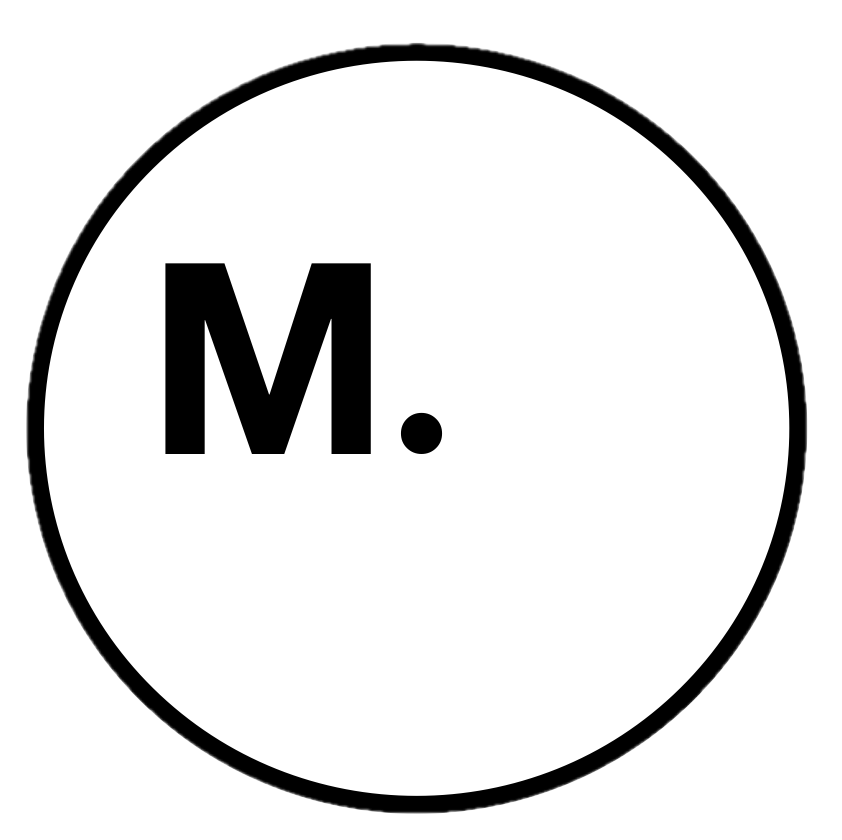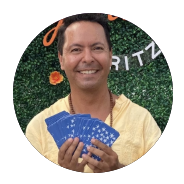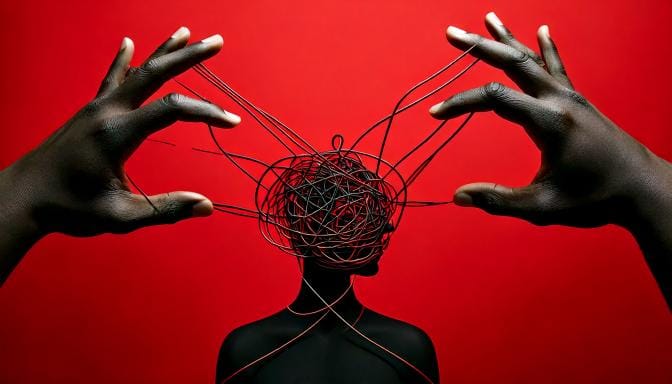Forgiveness is often portrayed as a moral obligation—a virtue directed toward others. However, forgiveness, particularly self-forgiveness, is not about fulfilling a duty but about restoring balance and rediscovering wholeness. It is a path to release burdens, reclaim joy, and foster a deeper connection with oneself. While not always easy, self-forgiveness offers profound transformation to those willing to explore it.

Understanding Wholeness and Fractures
To feel whole is to experience alignment between one’s values, emotions, and actions. Yet, life often creates fractures—moments of regret, guilt, or missed opportunities—that leave us feeling incomplete. Identifying these fractures is the first step toward self-forgiveness. Recognizing what has caused these emotional rifts allows for intentional healing and prevents them from reopening in the future.
Reflection Prompt: What events or actions have created feelings of disconnection within you? What would it take to feel whole again?
The Process of Forgiveness
Forgiveness is not about excusing actions or erasing pain. It is about releasing the weight of guilt, shame, or regret that keeps us stuck. The process begins with acknowledging the wound. By naming the source of hurt, it becomes easier to loosen its grip on your identity and emotions.
Releasing involves acknowledging that the behavior occurred, accepting it for what it was, understanding it, and then letting it go. Recognizing that it was part of your story then, not now, allows for detachment from its emotional charge. Visualizing this release often results in a physical and emotional shift, as setting yourself and others free is a powerful act of healing and love.
Question for Reflection: What mistakes or missteps have been weighing on you? How might you acknowledge them with compassion rather than judgment?
Myths Surrounding Forgiveness
Cultural myths about forgiveness often make the process more daunting. A common misconception is that forgiving oneself means condoning harmful actions. In reality, forgiveness is not an endorsement but a release from the hold these actions have over you.
Another myth ties identity to mistakes. Defining oneself as “the person who failed” anchors you in guilt and inadequacy. Instead, view mistakes as opportunities to better understand your values and strengths.
Challenge: Shift the narrative. Instead of asking, “Why did this happen?” ask, “What can I learn from this experience?”
Grief and Transformation
Grieving is an essential part of self-forgiveness. It is the process of mourning what was lost—opportunities, relationships, or trust in oneself. While painful, grief creates space for transformation and clarity.
Crossing this emotional terrain requires patience and vulnerability. On the other side lies a softer, more nuanced understanding of humanity. It is here that self-compassion can flourish, allowing for true forgiveness.
Practice: Write a letter to yourself. Acknowledge the hurt, express your feelings of regret, and offer an apology. Allow yourself to grieve and begin to release the pain.
Restoring Wholeness
Restoring wholeness involves envisioning what would make you feel complete again. Is it rebuilding trust in yourself? Cultivating self-compassion? By focusing on these intentions, the fractures can begin to heal, and you can prevent them from reopening.
Visualization Exercise: Close your eyes and take a deep breath. Visualize the release of the energy associated with your pain. Imagine this energy transforming and dissolving, leaving you lighter and more at peace.
Avoiding Future Fractures
Preventing old wounds from reopening requires self-awareness and intentionality. This involves:
- Setting boundaries to protect your emotional well-being.
- Reflecting regularly on your actions and their alignment with your values.
- Practicing self-compassion in moments of imperfection.
By staying attuned to your emotions and addressing concerns as they arise, you can maintain the sense of wholeness that self-forgiveness restores.
Closing Reflections
Self-forgiveness is a radical act of self-compassion and liberation. It is not about ignoring accountability but about approaching oneself with kindness and understanding. By releasing guilt and regret, you untether yourself from the weight of the past and step into your truest, brightest self.
Guiding Intention: “I free myself to become whole and authentic, not defined by my mistakes but by my growth.”
What would it look like to forgive yourself today? Start small. Take a breath, acknowledge your humanity, and trust that healing is possible. Wholeness is waiting to unfold.















